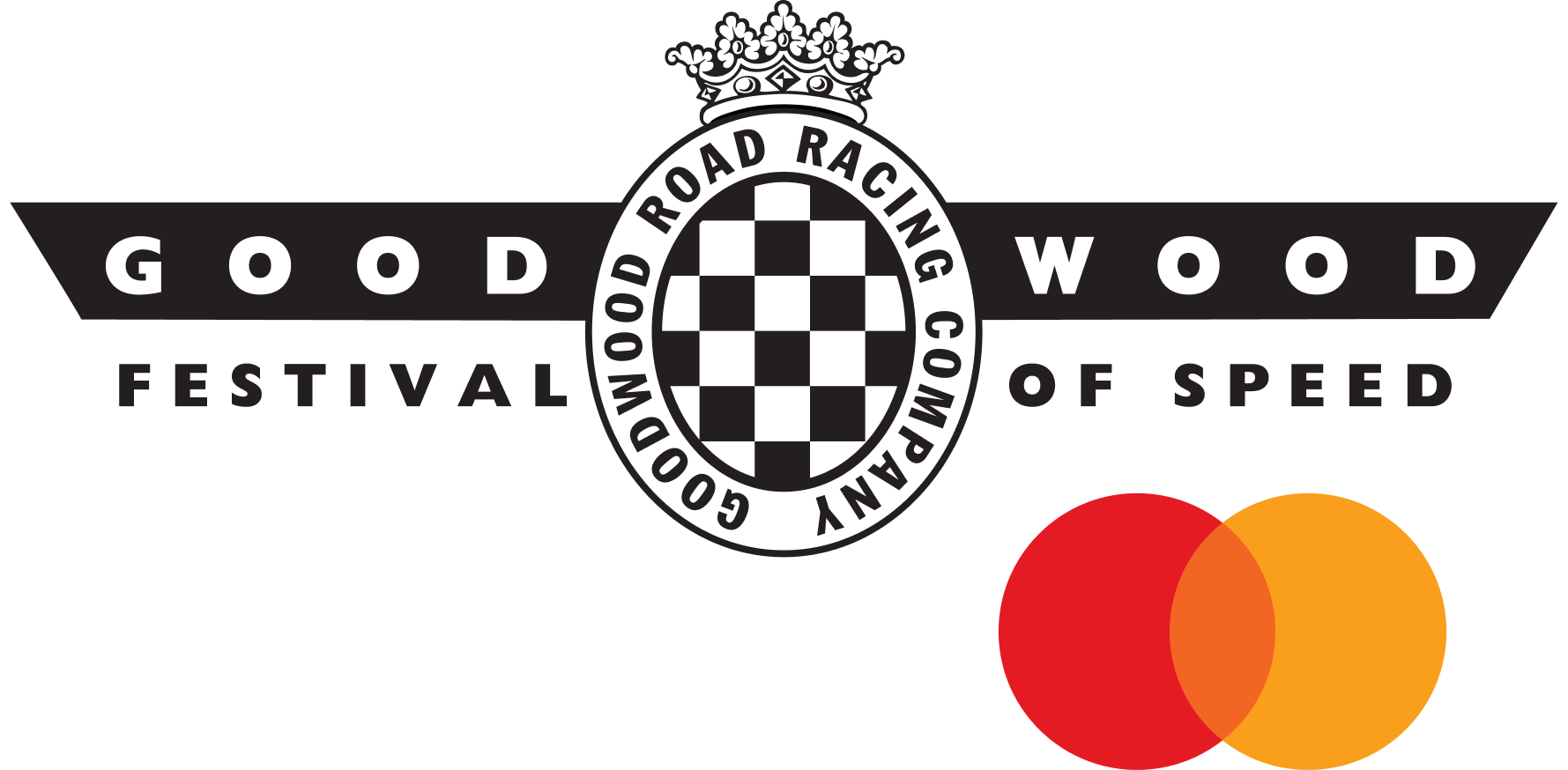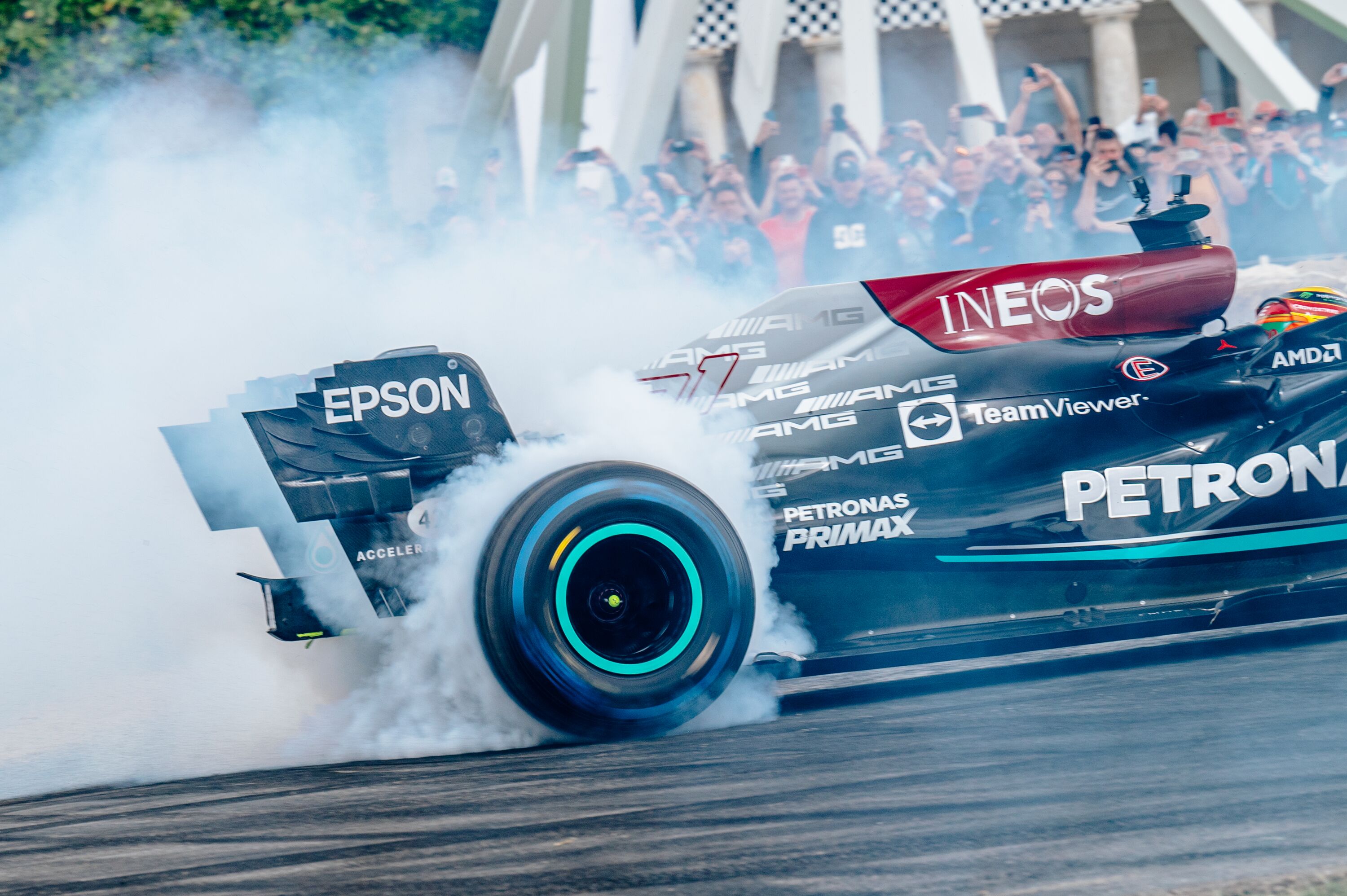Can-Am Retro: 1970-'74 – Wastegates And Watergate
‘Tricky Dicky’ was the square in the Oval Office. The Moon had lost its pull since Neil stepped out. And the ’Stones at Altamont – a short oval in northern California! – had driven a dagger through Woodstock’s heart.
Jimi, Janis and Jim would soon be gone. And so, too, would Bruce.
Twelve days after its talismanic founder’s fatal crash while testing its new M8D Can-Am car at Goodwood, resilient McLaren picked up where it had left off in 1969.
Replacement Dan Gurney won the first two rounds for it in emotional circumstances – but would leave in frustration at the team’s conservatism after the third – whereupon Denny Hulme’s healing hands, burned while testing for the Indy 500, guided it to a fourth consecutive championship.
Can-Am may have looked and sounded the same – but it wasn’t.
The fin end of the wedge was when movable aerodynamic aids mounted directly to suspensions were banned in favour of wings attached to, and fixed in relation to, bodywork.
The kiss of death was when the FIA, aka The Man, pledged to mandate it as an international championship in 1971.

And the coup de grâce was when Paris, France – rather than Paris, Texas – rejected Jim Hall’s latest ‘bovvercraft’ prior to that season.
Chaparral’s 2J had redrawn the sport’s boundary layer. Racing ‘in the box that it came in’ from Chevrolet, it used an auxiliary two-stroke snowmobile engine and fans from a battle tank to suck it, and plastic skirts to seal it, to the track. Actually the latter items ran a half-inch above the road to prevent unsustainable wear and tear to car and driver as lateral g doubled.
World champion Jackie Stewart was astounded by it, and Vic Elford recorded astounding laps at Road Atlanta – the first non-McLaren to sit on pole since 1967 – Laguna Seca and Riverside. But reliability – it had been conceived as a development vehicle not a competition car – could not keep pace.
Even so, sensing which way the wind was blowing, rivals cried foul. Hall argued that it was a static pressure device, because its ground effect was not affected by the car’s speed, rather than a movable aerodynamic device.
But lost the case. And left the building.

Shadow, in contrast, stuck around, becoming ever more orthodox after the fiasco of its tiny-tyred Mk1. This hideously augmented big-block go-kart, with a 25/75 weight split and so low that it was said to be 2D, would not have looked out of place emerging from Thunderbird cargo bay.
‘Good’ for 250mph, its brave pilot George Follmer, legs spread uncomfortably, crotch straps done tight, reckoned 196mph to be quite fast enough – “It went down the straight like a raped ape” – as those Firestone booties stubbed on every imperfection and transmitted them shockingly via stiff friction damping.
Elford also drove it. And parked it.
Madder yet was the Mac’s-it Special, whose quartet of unsynchronised two-stroke twins, one at each corner, was ‘connected’ via centrifugal clutches and variable belt pulleys. A DAF idea, this shift-less 4WD machine never raced.
BRM, Lola and March followed more conventional paths, as did designer Peter Bryant’s Ti22 (for titanium), and occasionally put the squeeze on McLaren. But even Stewart, who won twice during 1971 in Lola’s bluff-nosed T260 – a bit of a pig despite the addition of a cowcatcher front wing – couldn’t upset the orange cart entirely.

With five wins to Hulme’s three, new signing Peter Revson scored McLaren’s fifth consecutive title.
So Stewart signed for McLaren for 1972. A move considered overkill until Porsche announced its tie-up with Roger Penske.
The Stuttgart marque had tested the transatlantic water again in 1971. But Jo Siffert’s 917/10 failed to add to the topsy-turvy Road Atlanta win scored the previous year by Yorkshire adventurer/privateer Tony Dean, who ran his 3-litre 908 out of the back of a converted six-wheel ‘Italian Job’ coach.
Porsche’s response was to bolt a pair of truck turbochargers to its 5-litre air-cooled flat-12 – an atmo 7.6-litre flat-16 was also considered and built – and, once Mark Donohue had talked sense into it in terms of torque and downforce, its 900bhp ‘Panzer’ blew McLaren’s bloody doors off in 1972.
The world’s most famous duodenal ulcer, on top of a bout of mononucleosis, sidelined Stewart and so Revson returned to drive the new side-rad M20, while a tumbling testing crash at Road America hobbled Donohue – his legs were jutting from the torn ‘unobtanium’ spaceframe – and caused a late call-up for Follmer.

‘Champagne Pete’ would surprisingly draw a victory blank, whereas George adapted manfully – there was no other way, I guess – to the Porsche’s particular demands to notch five wins and take the title in the first turbo to tackle stop-start road courses.
McLaren, its own turbo programme a flop, knew the game was up long before it fitted a 9.2-litre qualifying ‘bomb’ – from ‘rat’ to ‘moose motor’ – for the Riverside finale. Hulme qualified it on the front row but was still three-tenths slower than Follmer.
The ‘Cherokiwis’, always realistic, called it quits after 39 wins from 52 starts since 1967.
So, too, had long-time sponsor Johnson Wax (at the end of 1971). The Swinging Sixties had given way to the Swingeing Seventies and excess-all-areas Can-Am was facing a death of a 1,000 cuts.

Porsche ran to 5.4 litres and 1,100bhp – more was available but wasn’t necessary – for 1973 and a fully recovered Donohue carved “a monument to my career as an engineer and a driver” with six consecutive wins in his peerless 917/30.
All bar one of that season’s eight rounds were split into two heats in a bid to improve the show. But OPEC’s oil embargo of October threatened to bring down the curtain.
Can-Am in this form survived one more season of five rounds divided into Sprint and Feature races for cars reined back by ‘energy measures’ that precipitated Porsche’s departure. A shadow of its former self, it was won by Jackie Oliver, who scored four victories in Shadow’s handy DN4.
Even more fitting, however, was Scooter Patrick’s win in a two-year-old McLaren at the Elkhart Lake closer.
How Bruce would have smiled – and then gone waterskiing.
Photography courtesy of LAT
FoS
FoS 2016
Can-Am
2016

Historic
Gallery: Can-Am grunt v V12 Matra might on track

Festival of Speed
Video: 7.0-litre V8 McLaren M8F Can-Am car monsters Goodwood Hill

Festival of Speed
Mega-Gallery: The Supercar Paddock at FOS
Goodwood Motorsport App
-

Video: Alpine A290 makes its debut at the Festival of Speed
-

Video: W Series driver thrashes new Alpine A110 Tour de Course at Goodwood
-

Gallery: Valentino Rossi at the Festival of Speed











































































